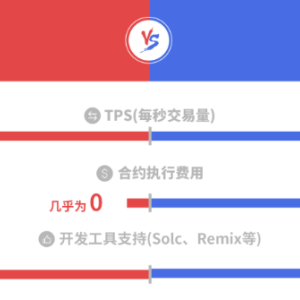The Schnorr-based multi-signature scheme MuSig, check code for a potential upgrade to the Bitcoin (BTC) blockchain, has been released by blockchain tech firm Blockstream, as per an announcement reported on February. 18.
Last Jan, four Bitcoin developers discharged a paper outlining how schnorr multi-signatures (‘multisig’) could facilitate scale the Bitcoin blockchain, saying that the technology might reduce its transaction size and “improve each performance and user privacy in Bitcoin”. In the paper, the developers state that MuSig is meant as “a protocol that permits a group of signers to produce a short, joint signature on a common message.”
Today’s announcement reveals that MuSig has been turned from a concept into usable code, whereas this week the code was conjointly incorporate into secp256k1-zkp, a fork of secp256k1 representing “the high-assurance cryptographic library utilized by Bitcoin Core.”
In the post, the developers justify their call to develop MuSig by creating “a misuse-resistant API while not sharp corners, and that doesn’t encourage dangerous usage patterns even in constrained
environments.” The post conjointly stresses the requirement of improving verification efficiency and developing provable security within the public key model.MuSig signatures supposedly improve privacy since they hide the precise signer policy.
However, since the start of the MuSig development, its creators have reportedly found that a number of already published signature schemes — together with an earlier unpublished version of MuSig — are insecure. The post more reads:
“MuSig signatures, similar to shnorr signatures or ECDSA, use in their construction a secret ‘nonce’ that should be produced uniformly randomly. Any deviation from uniform, even by a single bit, will cause secret key loss and stolen funds.”
For now, the developers are asking community members to check the code, that is reportedly posted on GitHub, and provide feedback. Bitcoin’s next halving is anticipated to happen in may 2020.
Bitcoin halving is an event that happens roughly once every four years, once that the number of new BTC created and earned by miners is going to be cut in 0.5. In anticipation of the following halving, United States-regulated trading and clearing platform LedgerX released a new form of derivative contract unique to BTC known as LedgerX Halving Contract (LXHC).
The new product represents a binary possibility and reportedly “allows you to induce a set payoff if the next halving block (#630,000) happens before a certain date and time. If the block is discovered once, the contract expires at zero.”
To know more on Cryptocurrency and Blockchain events, follow us on Facebook, YouTube, Twitter, LinkedIn, Reddit, Telegram, BitcoinTalk, and we are also on Medium now
















